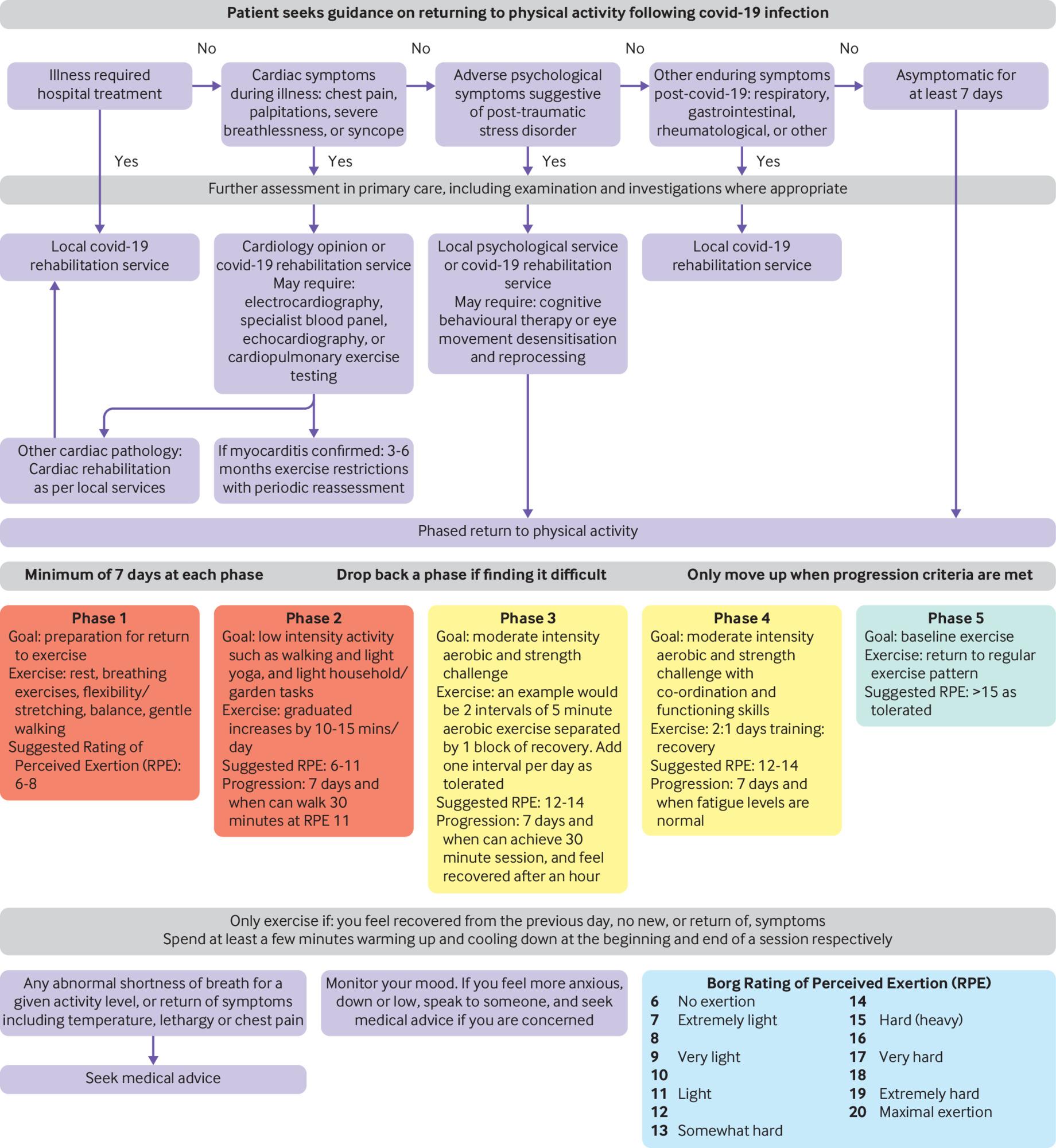Too many people in the UK are not physically active enough; leading to an increased risk of health problems. Counting the number of steps you take each day is a good way to monitor and increase your physical activity.
But how many steps should you take? 10,000 steps daily is a reasonable target for an active adult. For older people or those with medical conditions that limit their physical activity, a smaller number of steps may be sufficient.
The common recommendation of 10,000 steps per day is often used as a benchmark for a healthy activity level and it’s a good target for active adults looking to maintain or improve their overall health.
What about specific groups? For older adults, as mobility and energy levels can decrease with age, a lower step count might be a more realistic target and can still be beneficial. Even 6,000 to 8,000 steps per day can significantly benefit older adults. In fact, any amount of physical activity is beneficial.
For those with chronic health conditions, the appropriate number of daily steps can vary widely. It’s important for these individuals to set personalised goals that are challenging but attainable without exacerbating their medical conditions.
Try to find ways to incorporate more walking into your routine. Here are some ideas:
– Take the stairs instead of the elevator.
– Park further away from your destination and walk the extra distance.
– Take walking breaks throughout the workday.
– Walk during your lunch break.
What are the benefits of step counting?
1. Encourages Physical Activity: Regularly counting steps can motivate individuals to be more physically active. It provides a quantifiable measure of activity, making it easier to set goals and track progress.
2. Health Improvements: Increasing your daily step count has many health benefits, including a reduced risk of cardiovascular disease, improved mental health, weight loss or maintenance, and enhanced muscular strength and endurance.
3. Accessible and Inclusive: Walking is a low-impact, moderate-intensity exercise that most people can perform without needing expensive equipment or facilities, making it an accessible form of physical activity for many.
While 10,000 steps is a good general target, it’s important for each individual to adjust their goals based on their personal health status, fitness level, and medical advice. Some people may find it more practical to start with a lower number of steps and gradually increase the number of steps as their fitness improves.
Using tools like pedometers or smartphone apps can help track your steps. Many of these devices also provide additional features such as estimating the number of calories burned, distance travelled, and active minutes; all of which can help in creating a balanced and customised fitness plan. Many of my patients have found these tools helpful and they are definitely worth exploring.
Ultimately, the key is consistency and integration of physical activity into daily life. Whether it’s aiming for 5,000 steps or 10,000, the goal should be to stay active and improve or maintain your health.
